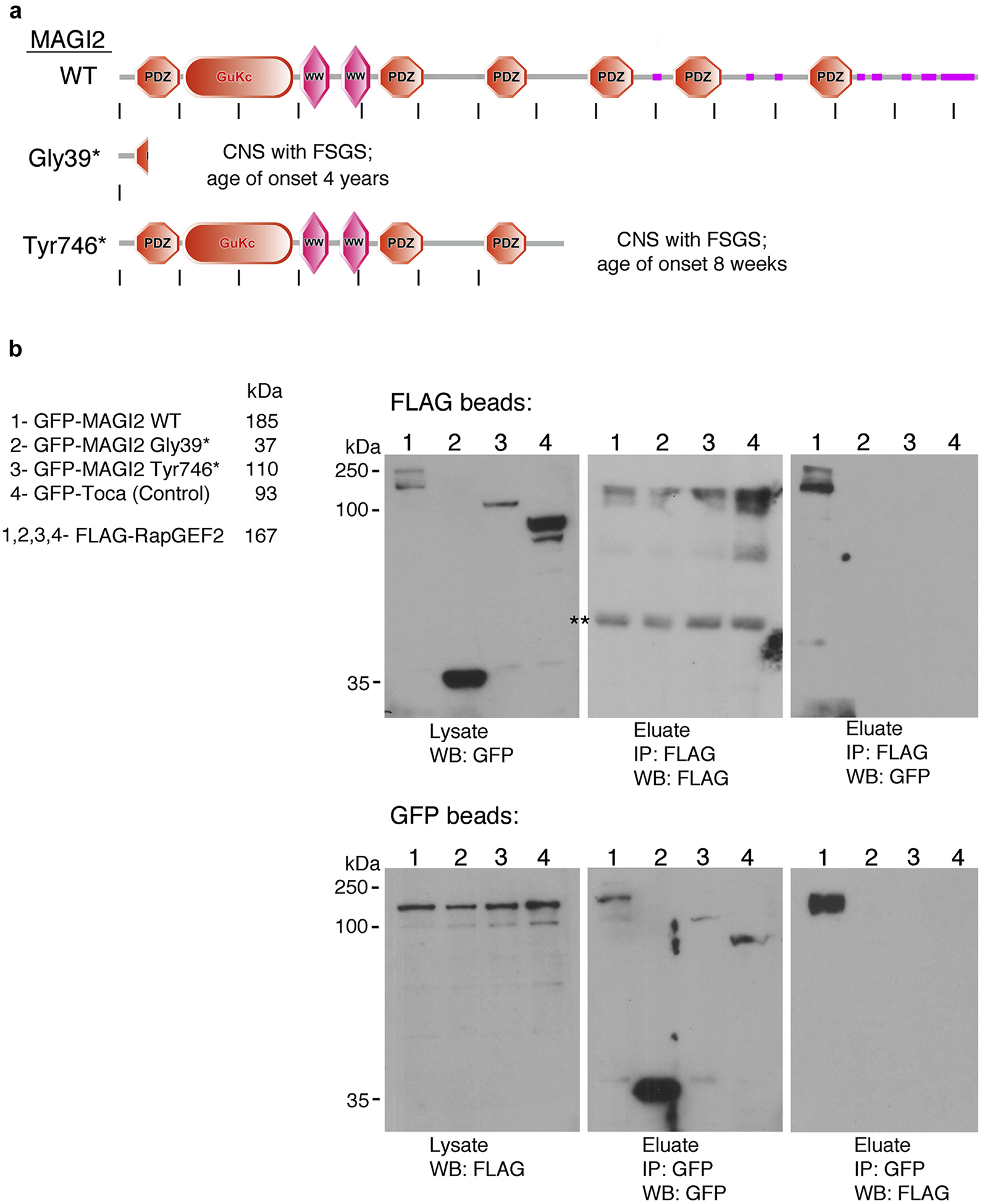Figure 1 |. Membrane-associated guanylate kinase 2 (MAGI2), but not variants that cause congenital nephrotic syndrome (CNS), form a complex with RapGEF2.

(a) Schematic representation of protein domain organization of wild-type MAGI2 and 2 of its disease-causing variants, Gly39* and Tyr746*. Each variant carries a homozygous truncating point mutation. Image was generated using the Simple Modular Architecture Research Tool (SMART) web resource and then modified. (b) Reciprocal co-immunoprecipitations between FLAG-tagged RapGEF2 and green fluorescent protein (GFP)–tagged MAGI2 were performed using antibodies to their tags. FLAG-RapGEF2 and the indicated GFP-tagged MAGI2 protein lysates were mixed at equal concentration and incubated overnight with FLAG (upper blot) or GFP (lower blot) antibodies bound to agarose. A robust protein complex is present between RapGEF2 and wild-type MAGI2 but is completely lost for MAGI2 mutant variants or for the negative control, GFP-Toca. Predicted molecular weights for each protein are as follows: GFP-MAGI2 WT, 185 kDa; GFP-MAGI2 Gly39*, 37 kDa; GFP-MAGI2 Tyr746*, 110 kDa; GFP-Toca, 93 kDa; and FLAG-RapGEF2, 167 kDa. FSGS, focal segmental glomerulosclerosis. **Nonspecific band.
